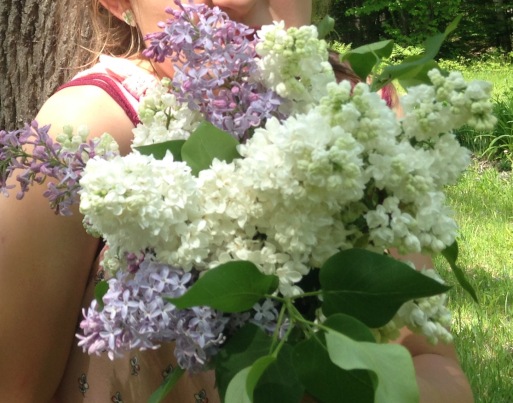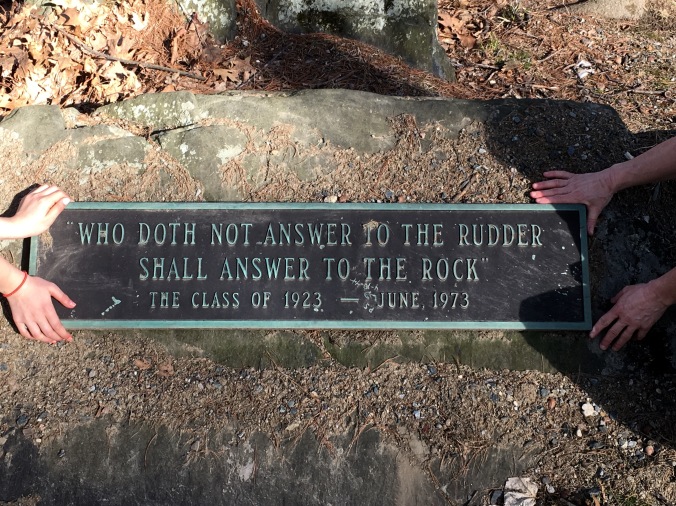Eleven years ago, I drove away from Copley Hospital in Morrisville, sitting in the backseat of a car – a place I never sit. My six-year-old daughter was in the backseat, too, her infant sister between us, just days old. Although it had rained every single day in May – either a drizzle or deluge – the beginning days of June were sunny and hot. Leaving the hospital, we passed enormous corn fields where emerald shoots of corn had emerged from the dark soil in those few days I had been cloistered.
Sick through almost the entire pregnancy, by the end I was less alive, submerged in that pregnancy’s difficulty. But all that passed immediately with the birth of my second daughter. Within minutes of her birth, I felt myself returning to life.
In all the marvelous experiences of my life, those minutes driving by those June corn fields rank very near the apex: the two children I was meant to have, beside me birthed and healthy, the gloomy raininess of a long hard season dispersed, and all around us, radiant in sunlight, those fertile fields rich with life pushing upward, in those long sweeping rows of gems.
blessing the boats
(at saint mary’s)may the tide
that is entering even now
the lip of our understanding
carry you out
beyond the face of fear
may you kiss
the wind then turn from it
certain that it will
love your back
may you
open your eyes to water
water waving forever
and may you in your innocence
sail through this to that
— Lucille Clifton





